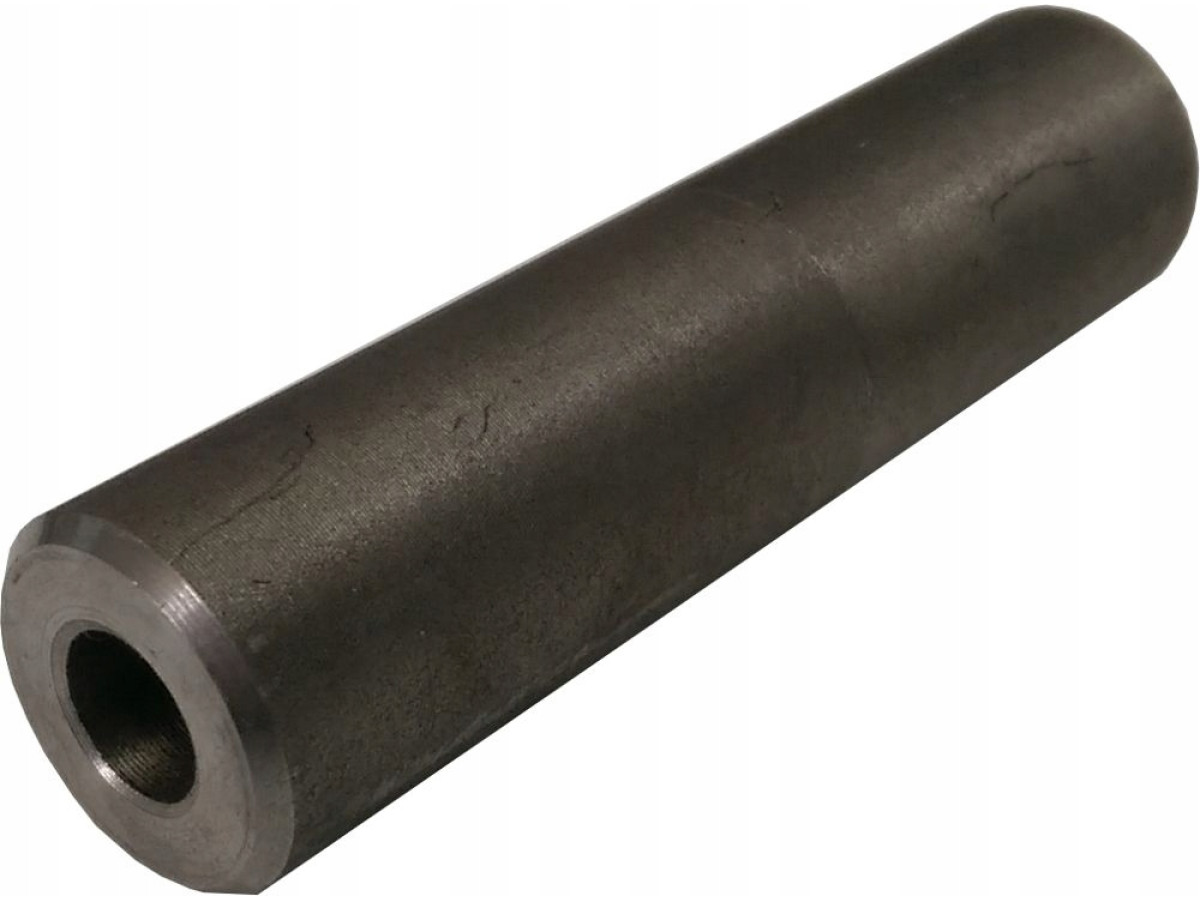Cast iron bushing is a part made of cast iron, which is used to reduce wear and increase the wear resistance of mechanical connections or assemblies. It can come in different shapes and sizes depending on the specific application, but its main purpose is to create a working surface on which friction or repeated interaction will occur.
Types of cast iron bushings
There are several types of cast iron bushings, which differ in shape, size, type of connection and purpose. Here are some of the most common types of cast iron bushings:
- Cylindrical Cast Iron Bushings: These are the most common type of cast iron bushings which are cylindrical in shape and are used to create bearing assemblies and reduce friction and wear between parts.
- Conical cast iron bushings: At the narrower end of the bushing there is a hole, and at the wider end there is a slot into which the bushing is installed, securing it with a key. Used for fastening parts with a conical surface.
- Forged Cast Iron Bushings: This type of bushing is used to connect shafts and other parts with different diameters or shapes.
- Ring Cast Iron Bushings: Similar to cylindrical bushings, but shaped like a ring. They are used to create rotating joints and reduce frictional wear.
- Polyurethane Cast Iron Bushings: These bushings are made of cast iron covered with polyurethane to provide flexibility and shock absorption while absorbing shock and vibration.
Each type of cast iron bushings has its own characteristics and application depending on the requirements of a particular area of use.
How to choose a suitable cast iron bushing?
There are several key factors to consider when choosing the right cast iron bushing:
- Connection Type: Determine what specific connection type you require a cast iron bushing for. Different types of cast iron bushings can be designed for different types of connections such as cylindrical, tapered, ring, etc.
- Sizes and Shape: Select a cast iron bushing with suitable dimensions and shape to suit the required connection. Be sure to consider diameters, lengths, conical shape or other geometric parameters.
- Loads and operating conditions: Consider expected loads, vibrations, temperature conditions and other operating conditions. Some cast iron bushings may be specially designed to withstand harsh conditions or high loads.
- Specific requirements for wear resistance and durability: If you have specific requirements for wear resistance and durability of the connection, select a cast iron bushing that meets these parameters. For example, consider the coefficient of friction and wear resistance of the material.
- Brand and Quality: Purchase cast iron bushings from trusted manufacturers to ensure quality and compliance. Make sure the product is certified and meets your requirements.
Please contact a specialist or engineer if you have any further questions or require advice on selecting the most suitable cast iron bushing for your specific application.
Conclusion
Cast iron bushings play a key role in creating strong and reliable connections in various industrial applications. They ensure precise positioning of parts, reduce friction and wear, improve the performance of mechanisms and increase the service life of equipment. Therefore, the correct choice of cast iron bushing is important for the successful implementation of projects and ensuring high reliability of structures.
When choosing cast iron bushings, you need to pay attention to their characteristics, such as the type of connection, dimensions, geometry, as well as the quality of the material used. High-quality cast iron bushings have excellent wear resistance, resistance to aggressive environments and operating conditions, which allows them to effectively perform their function for a long time.
The optimal choice of cast iron bushings will help ensure stable operation of equipment, minimize the risk of breakdowns and increase the efficiency of production processes. In addition, correctly selected cast iron bushings help optimize production processes. They ensure precise positioning of parts, reduce wear on machinery, improve overall productivity and reduce equipment downtime. This is important for efficient plant operation, increased productivity and reduced repair and replacement costs!

